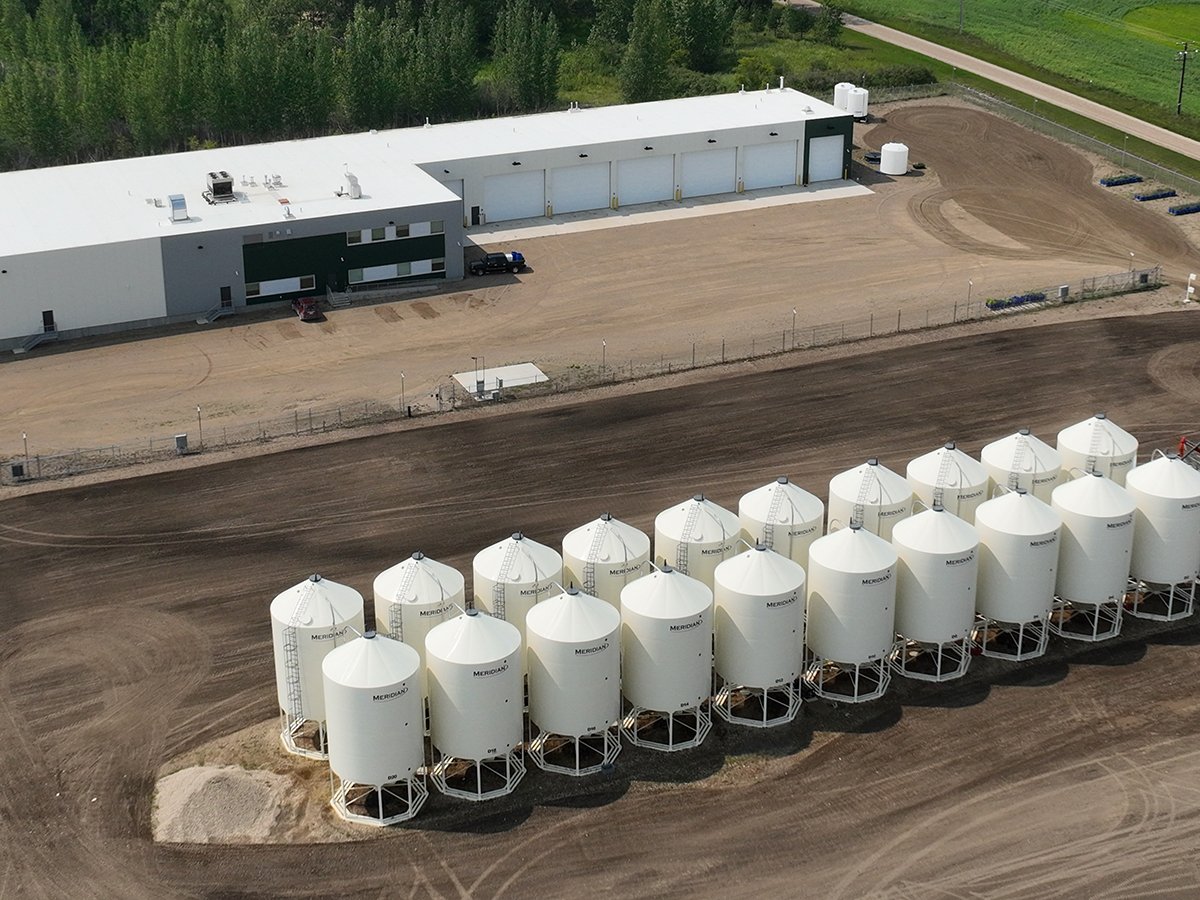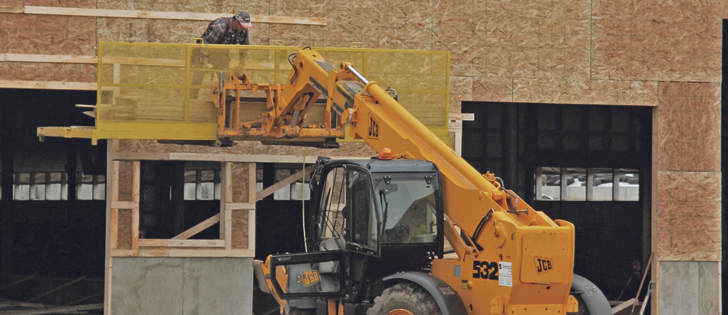New Manitoba legislation that covers farm building construction builds on Saskatchewan and Alberta foundations.
Pent-up demand for new and renovated livestock barns and other farm buildings in the province is likely now that inappropriate regulations have been removed, says the provincial government and farm industry leaders.
It allows Manitoba farmers to construct buildings to similar standards as those required in Saskatchewan and Alberta.
“It’s allowing Manitoba producers to modernize and renovate their buildings,” said Dan Mazier, president of Keystone Agricultural Producers.
“Even existing structures, they were very handcuffed.”
Read Also

Saskatchewan firm aims to fix soil with compost pellets
In his business, Humaterra, Leon Pratchler is helping farmers maximize yields in the weakest areas of their fields through the use of a compost pellet.
Manitoba’s new Progressive Conservative government announced at the end of January that it was repealing the existing Manitoba Farm Building Code and adding a section to the general Manitoba Building Code to cover farm buildings.
The changes will bring most Manitoba farm building regulations in line with those of the National Farm Building Code, which is the basis of most farm building regulations. Under the previous NDP government, farm buildings had been required to follow many of the regulations governing manufacturing or commercial buildings that were built to house numerous people rather than chickens, cattle, pigs and other livestock.
Farmers have argued that many rules based on keeping workers safe in an industrial setting don’t make sense in farm buildings, where operations and environmental conditions are starkly different.
“If you just looked at the design of what made sense for humans, it didn’t make sense for livestock,” said Mazier, noting that fire control materials and layouts that are best for a humid barn sometimes couldn’t be employed.
According to the provincial government, the changes will:
- create a classification of “low-human occupancy” building for “most types” of farm buildings, lowering the requirements for systems such as full fire alarm systems
- allowing buildings to be grouped closer together to meet operational needs
- allowing open buildings such as livestock and hay shelters to be built free of regulations that apply to most enclosed buildings
- allowing suitable building materials and designs to be used for high-humidity environments
- allowing looser rules for door designs
- loosening rules around foamed plastic insulation in structures such as vegetable storage
- adjusting emergency lighting rules to fit the needs of poultry and egg producers
- applying the code to all farm buildings larger than 600 sq. metres
Hog barn construction collapsed in Manitoba after the previous government imposed a succession of regulations that effectively imposed a moratorium on new barns, including manure processing requirements, regional bans and increased building code requirements.
The PC government has removed many of these restrictions, partly as a response to the province’s shrinking hog industry, which led to slumping production at Manitoba’s hog slaughter plants, but also as part of a broad-based crusade against “red tape.”
Andrew Dickson, general manager of the Manitoba Pork Council, said he thinks barn projects will be able to proceed now that the rules make sense, although the requirements in many areas are still strict.
“It makes more sense,” said Dickson. “The engineers know what they need to do.”
Mazier said he hopes it reduces the chronic frustration some farmers face when they try to get a contemporary building design approved.
According to an engineer he spoke with, “you can design a barn and get it approved in three months in Alberta, and it took three years in Manitoba, and even then it might not be up to code.”
With these amendments and the customized regulations for farm buildings, farmers should be able to make decisions with more confidence.
“We definitely had some problems,” Mazier said.
















